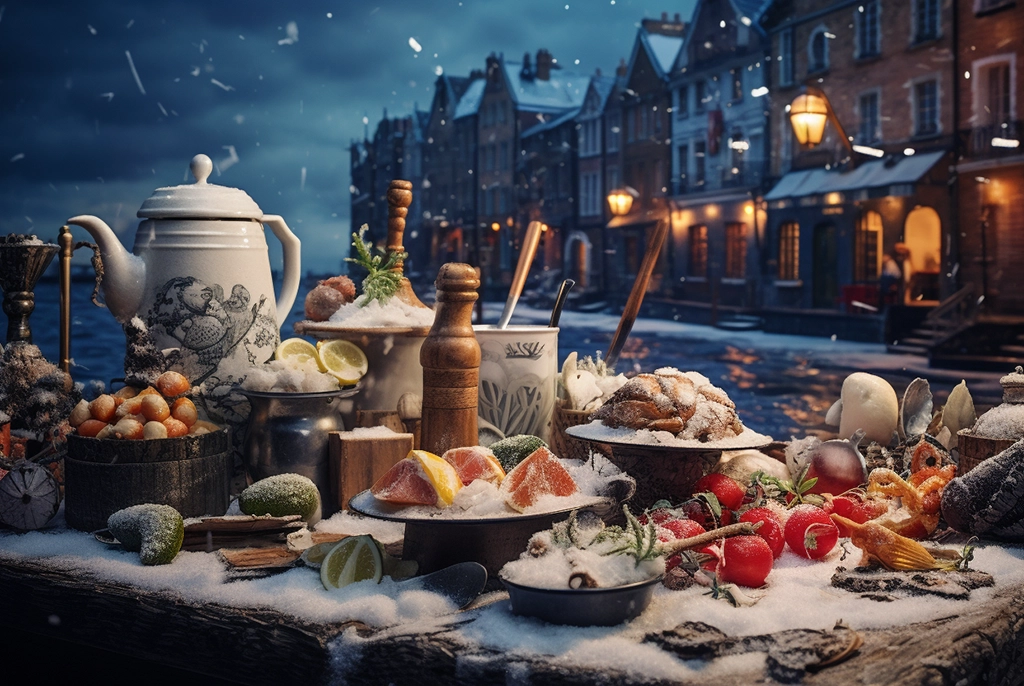Introduction
Winter, a season that transforms the world into a frosty wonderland, brings with it more than just cold weather and snowflakes. It heralds a time when cultures around the globe come alive with unique and heartwarming food traditions. As we embark on this culinary journey through winter, we delve into a world of flavors, customs, and stories that define the season.
Table of Contents
Winter’s Culinary Tapestry
Winter food traditions are not just about nourishing the body; they are about feeding the soul. It’s a time when communities gather, families unite, and friends come together to celebrate the season through food. These traditions are deeply rooted in history, culture, and geography, and they offer insights into how various societies embrace the chill.
In this exploration of winter food traditions, we’ll not only challenge conventional thinking but also introduce you to famous dishes that have become iconic to each culture. From mouthwatering Indian Diwali sweets to the heartwarming comfort of Christmas dishes around the world, the culinary customs we’ll uncover are as diverse as the cultures themselves.
Famous Winter Dishes: A Taste of Tradition
One of the most exciting aspects of this journey is the opportunity to savor famous dishes that have become synonymous with winter in different parts of the world. These iconic culinary creations tell stories of their own, echoing the history, heritage, and values of the communities that prepare them.
As you navigate this article, you’ll come across dishes like India’s “Gajar ka Halwa,” a delectable carrot-based dessert that takes center stage during Diwali celebrations. The rich, sweet flavors of this dish embody the spirit of festivity, and it’s a must-try for anyone exploring Indian culture.
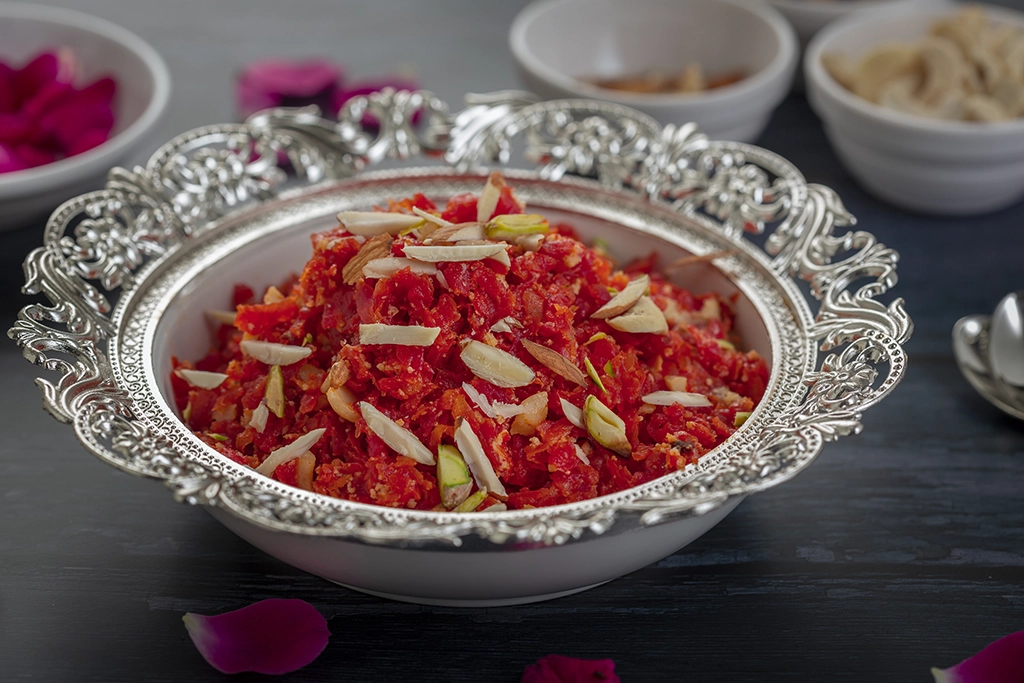
Then there’s the enchanting array of dishes served during Christmas, each with its unique charm. From the juicy roast turkey of the United States to the flavorful “Bûche de Noël” in France, these famous dishes showcase the diversity of holiday cuisine worldwide.

A Culinary Winter Wonderland
This article is not just about food; it’s about the traditions, the stories, and the customs that revolve around it. As we dive into winter food traditions, you’ll discover that these customs go beyond the ordinary act of cooking and eating. They are cultural treasures passed down through generations, and they provide a glimpse into the heart and soul of each society.
We’ll explore not only the ingredients and cooking techniques but also the significance of these dishes in various celebrations. We’ll delve into the symbolism behind certain foods and how they bring luck, prosperity, and warmth during the winter season. The tales of these traditions will not only challenge your thinking but may even provoke you to embrace a new perspective on the significance of food in our lives.
So, fasten your seatbelts and get ready for a unique culinary journey through cultures. Our winter food adventure promises to be a feast for the senses, a celebration of diversity, and an opportunity to embrace the global tapestry of traditions that warm our hearts during the coldest months of the year. As we explore each section, you’ll find that these traditions are more than just recipes; they’re stories waiting to be told.
Unveiling Global Celebrations
In the depths of winter, as the world gets blanketed in snow, people from different corners of the globe come together to celebrate the season in their unique ways. These celebrations are often steeped in tradition, and more often than not, they revolve around one common theme: food. As we dive into the heart of global winter celebrations, we’ll uncover the lesser-known customs and flavors that infuse the season with joy.
Diwali Delights in India
Summary: Diwali, the festival of lights, is a time when India dazzles with color, spirituality, and, of course, incredible cuisine. This section will unveil the deep-rooted traditions and culinary delights of Diwali, offering a fresh perspective on how this festival brings families and communities together.
India, known for its diverse culture and traditions, celebrates Diwali with a culinary fervor that’s nothing short of mesmerizing. This Festival of Lights is a time when every household comes alive with the aroma of delicious sweets, snacks, and savory dishes.
Amidst the vibrant lights and the warmth of community gatherings, families engage in the preparation of a wide array of traditional delicacies. One can’t help but be captivated by the mouthwatering sight of “Gulab Jamun,” deep-fried dough balls soaked in fragrant sugar syrup, or the exquisite “Barfi,” a sweet confection adorned with edible silver leaf.
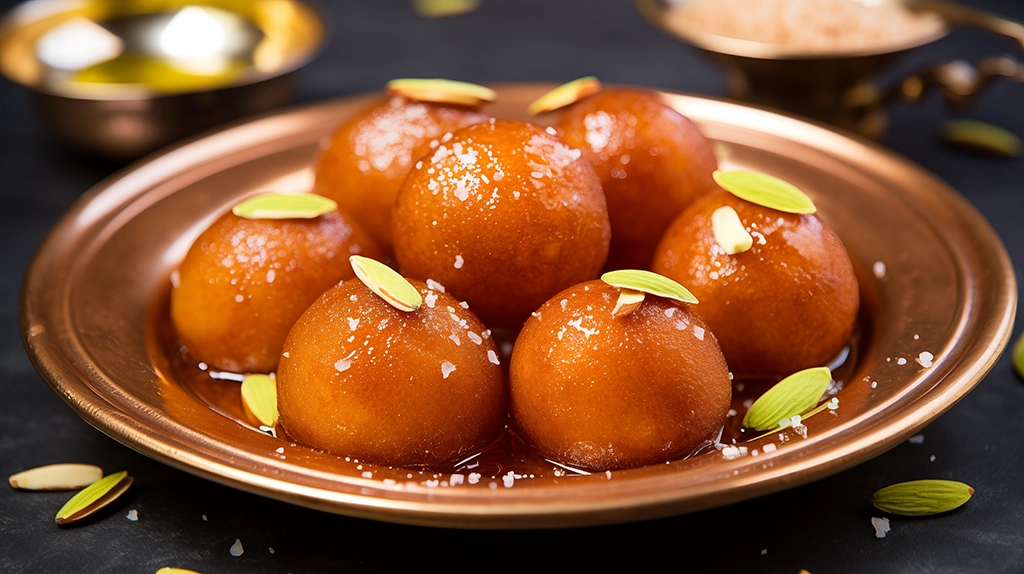
The culinary customs of Diwali go beyond just satisfying one’s taste buds; they are a manifestation of love, unity, and the rich tapestry of Indian culture. While the world sees fireworks light up the Indian skies, it’s the fireworks in the kitchen that truly steal the show during this festival.
Christmas Around the World
Summary: Christmas, celebrated worldwide, offers a unique perspective on how diverse cultures infuse their culinary customs into this global holiday. This section explores the lesser-known Christmas traditions and the heartwarming dishes associated with them.
Christmas, often considered one of the most global holidays, holds different meanings and traditions for various cultures around the world. While many associate it with the Western world, the celebration of Christmas extends far beyond the classic images of Santa Claus and snow-covered landscapes.
In the Philippines, the holiday season kicks off with “Simbang Gabi,” a series of early morning Masses, and “Bibingka,” a rice cake traditionally cooked in clay pots. It’s a blend of religious devotion and culinary delight.
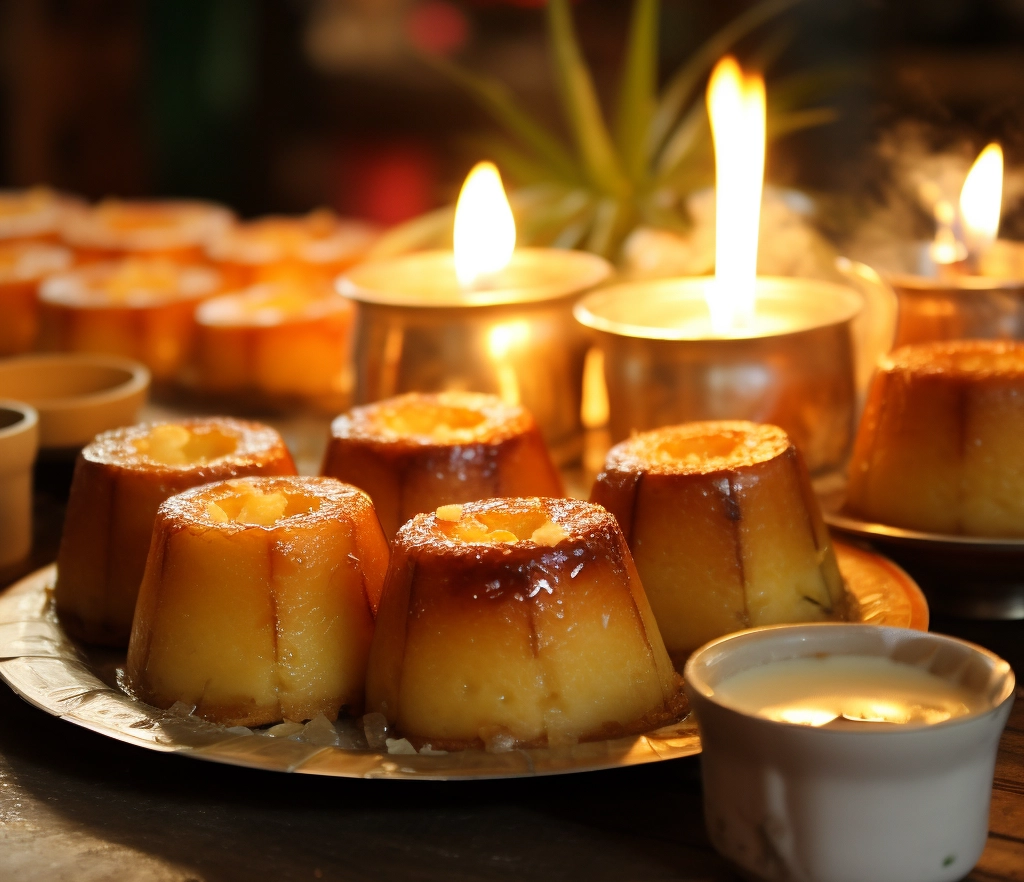
In Italy, the Feast of the Seven Fishes, or “La Vigilia,” is a significant Christmas Eve tradition. Families gather to share seven different seafood dishes, symbolizing the seven sacraments. This tradition beautifully showcases how food can be interwoven with religious and cultural celebrations.
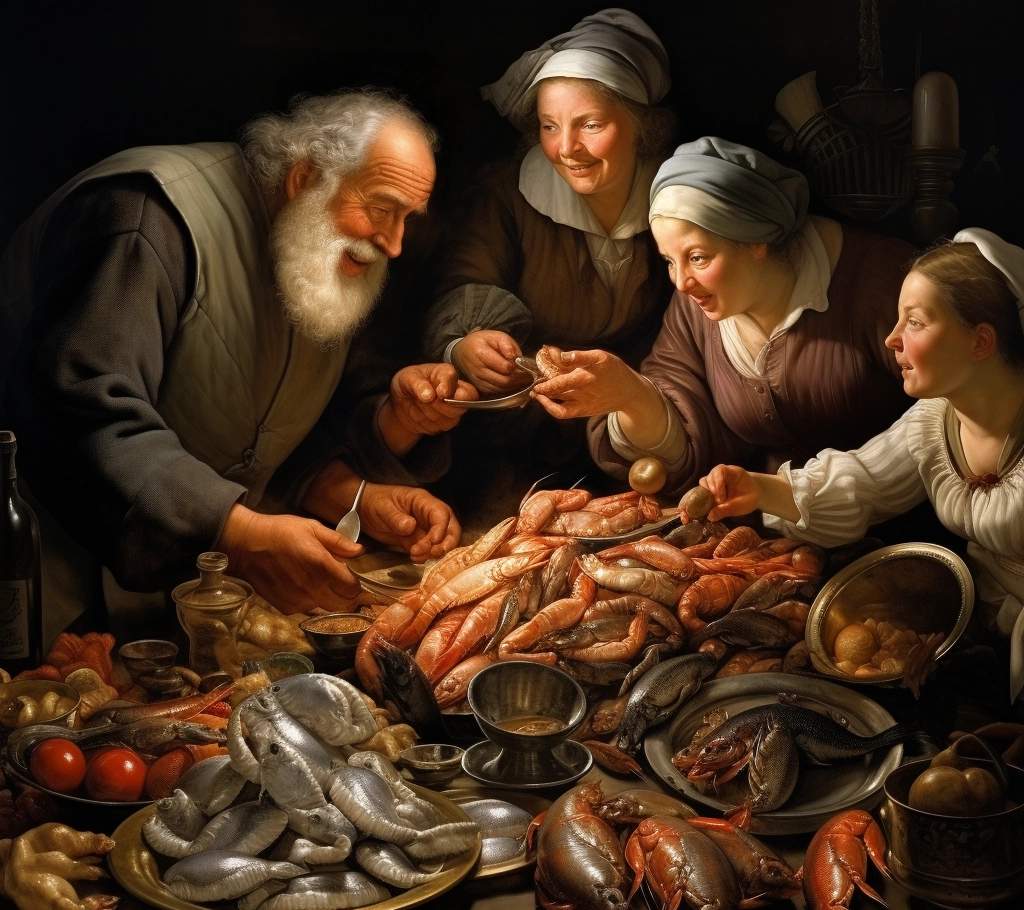
As we delve into these global Christmas traditions, you’ll find that each culture brings its unique flavors and customs to the table. From the “Saffron Buns” of Sweden to the hearty “Potato Salad” and “Carp” of the Czech Republic, these lesser-known traditions highlight the richness of Christmas cuisine worldwide.
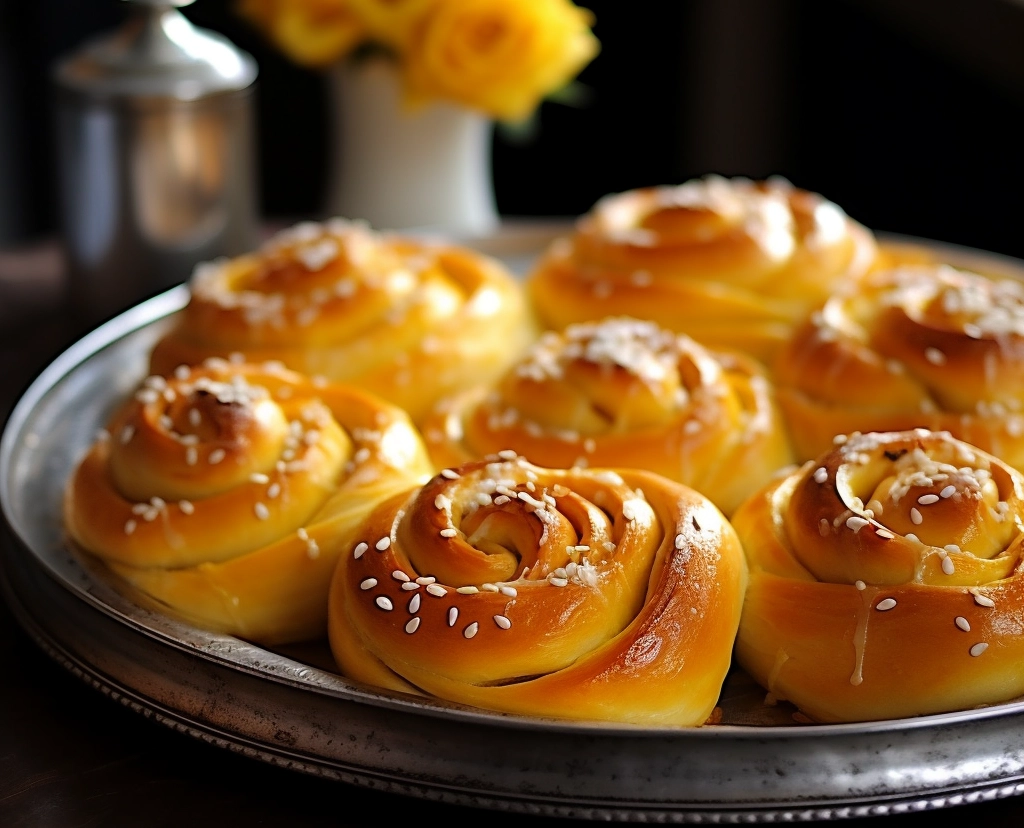
These culinary customs challenge the conventional notion of Christmas as a global celebration and offer a fresh perspective on the diverse ways people embrace the holiday season.
The Art of Crafting Holiday Cuisine
Amidst the snowfall and twinkling lights, winter transforms into a time for culinary artistry as different cultures prepare elaborate feasts and signature dishes for the holiday season.
Chinese New Year Feast
This subsection explores the symbolic dishes prepared for the Chinese New Year and how they are an integral part of welcoming good fortune, challenging conventional thinking about New Year’s celebrations.
The Chinese New Year, also known as the Spring Festival, is a time for new beginnings and the welcoming of good luck and prosperity. One of the most intriguing aspects of this celebration is the culinary customs associated with it.
During this festive time, Chinese families come together to create dishes rich in symbolism. For instance, “Jiaozi,” or dumplings, are meticulously crafted and enjoyed as a symbol of wealth and prosperity. The shape of these dumplings resembles ancient Chinese currency, highlighting the desire for financial success in the coming year.
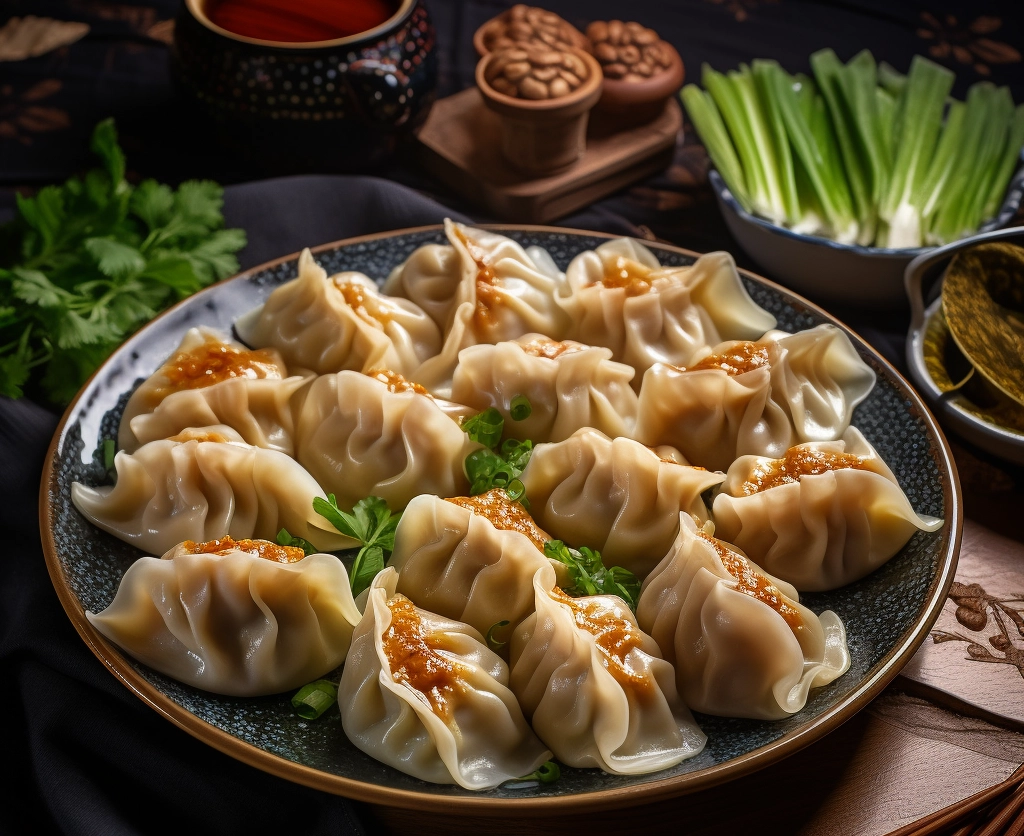
Another notable dish is “Nian Gao,” a glutinous rice cake that represents the hope for a higher income or social status. It is believed that consuming this sweet delicacy will bring about a better future.
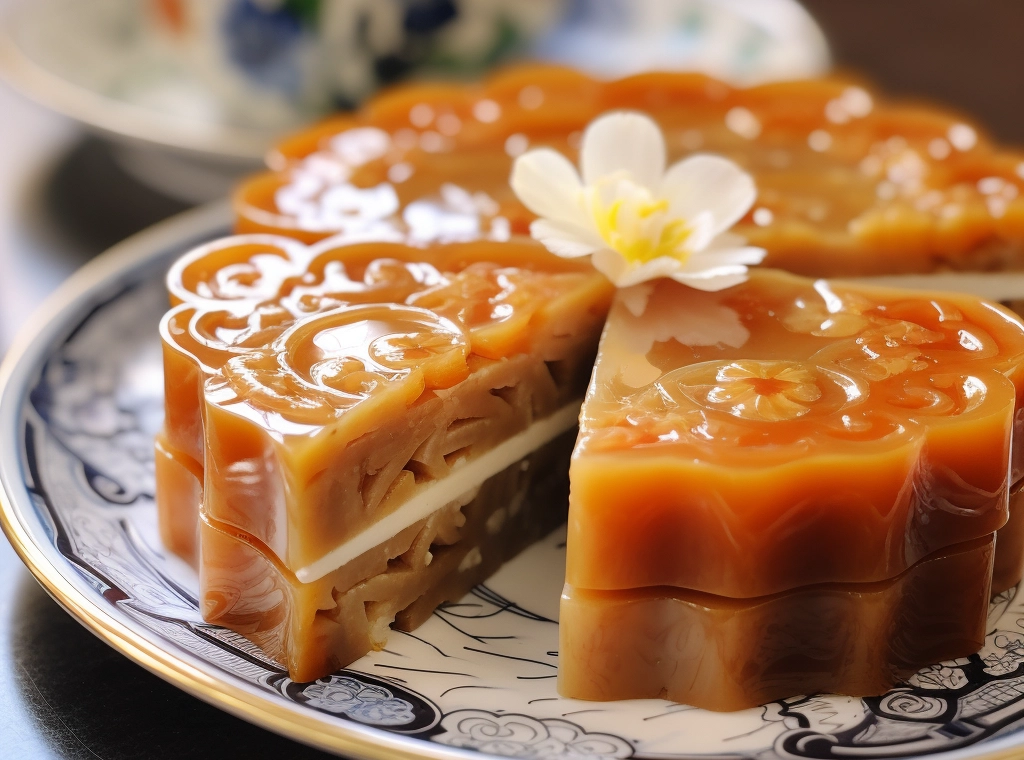
The Chinese New Year Feast is not just about eating; it’s about conveying well-wishes and embracing the customs and beliefs that have been passed down through generations. The intricate symbolism and culinary traditions challenge our conventional thinking about New Year celebrations and invite us to explore different ways of embracing good fortune.
HanukThis subsection sheds light on the traditional Hanukkah foods that hold deep cultural and historical significance, provoking thought on the importance of culinary customs in preserving cultural heritage.
Hanukkah, the Jewish Festival of Lights, is a time for joy, remembrance, and culinary delight. It commemorates the rededication of the Holy Temple in Jerusalem and the miracle of the oil that burned for eight days.
One of the most iconic Hanukkah dishes is the “Latke,” a crispy potato pancake fried to perfection. It symbolizes the miracle of the oil and is typically enjoyed with applesauce or sour cream.

“Sufganiyot,” or jelly-filled donuts, are another Hanukkah treat, highlighting the sweetness of the holiday and the abundance of oil. These delectable pastries are enjoyed throughout the eight days of the celebration.
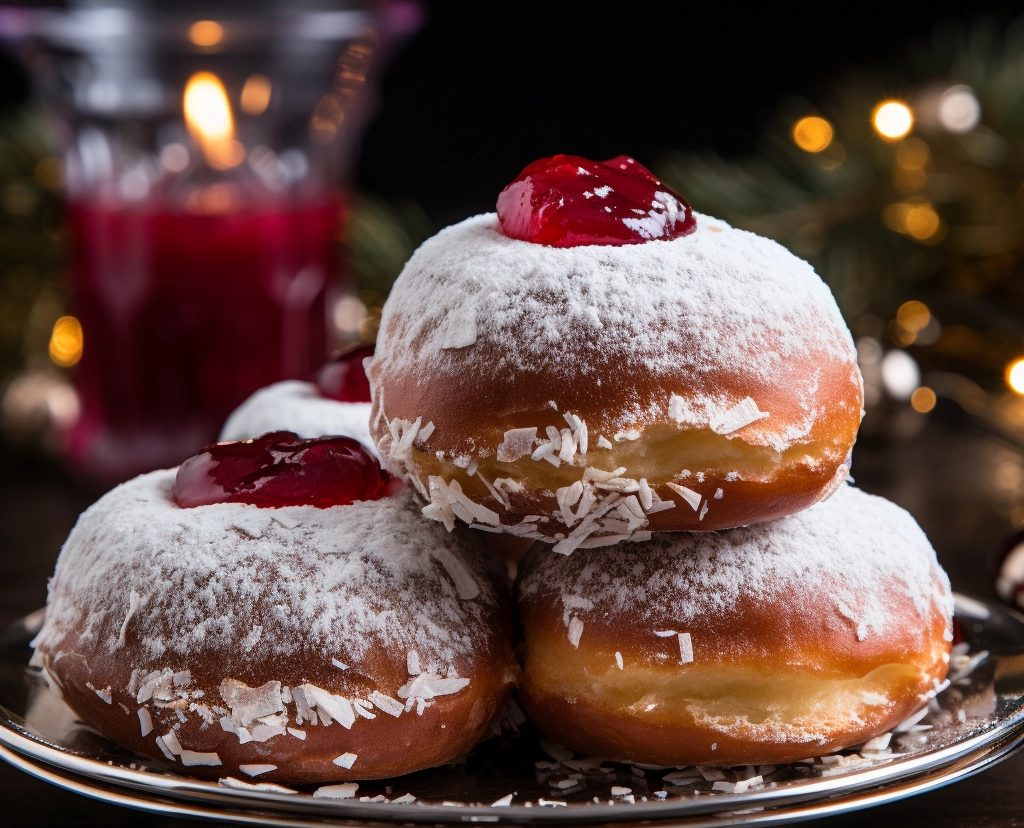
Hanukkah’s culinary customs go beyond just eating; they are a way of preserving cultural heritage and ensuring that the traditions of the past continue to be passed down to future generations. The history and symbolism of these dishes challenge conventional thinking about the role of food in our cultural identity and invite us to embrace the stories and customs that enrich our lives.
In the following sections, we will continue to explore the significance of culinary customs in various winter traditions and the stories that make them so special.
Culinary Customs: More Than Just Food
As we journey deeper into the heart of winter food traditions, it becomes evident that these customs transcend the mere act of preparing and consuming meals. They are profound cultural expressions, entwined with rituals, stories, and a sense of belonging. This section invites you to look beyond the surface and consider the deeper meanings of these customs.
The Role of Food in Winter Rituals
This subsection delves into how winter food traditions are intrinsically linked with cultural and religious rituals. It challenges conventional thinking by highlighting the profound role that food plays in these ceremonies.
During the winter season, many cultures engage in rituals that revolve around food. Whether it’s the lighting of the Hanukkah candles, the exchange of gifts during Christmas, or the making of special offerings during Diwali, food often takes center stage.
In some traditions, specific dishes hold deep religious significance. For example, during Hanukkah, the menorah is lit, and prayers are recited while families gather to enjoy the symbolic dishes. The act of eating these foods becomes an integral part of the ritual, connecting the past with the present and reinforcing the community’s identity.
Food is not just sustenance during these moments; it is a bridge to the sacred, a way of passing down values, and a medium for celebrating religious beliefs. The role of food in winter rituals challenges conventional thinking by revealing how nourishment and spirituality intertwine.
Stories and Legends of Winter Feasting
This subsection unravels the folklore and legends associated with winter food traditions, providing a fresh perspective on the cultural narratives that enrich these customs.
The winter season is a time of storytelling, and some of the most compelling tales are woven into the culinary customs of various cultures. These stories provide context, depth, and a sense of continuity to the traditions.
For example, during the Chinese New Year, the story of the Nian, a mythical beast, is often recounted. According to legend, the Nian would come to villages to devour crops and even humans. To ward off the Nian’s attacks, villagers prepared red-colored dishes, set off fireworks, and hung red lanterns. These customs are believed to have evolved from the story of the Nian.
In Europe, the tradition of baking a “Yule Log” during Christmas has its roots in pagan customs. The Yule Log represented the battle between the Oak King and the Holly King, symbolizing the changing of seasons. Over time, the custom transformed into the dessert we know today.
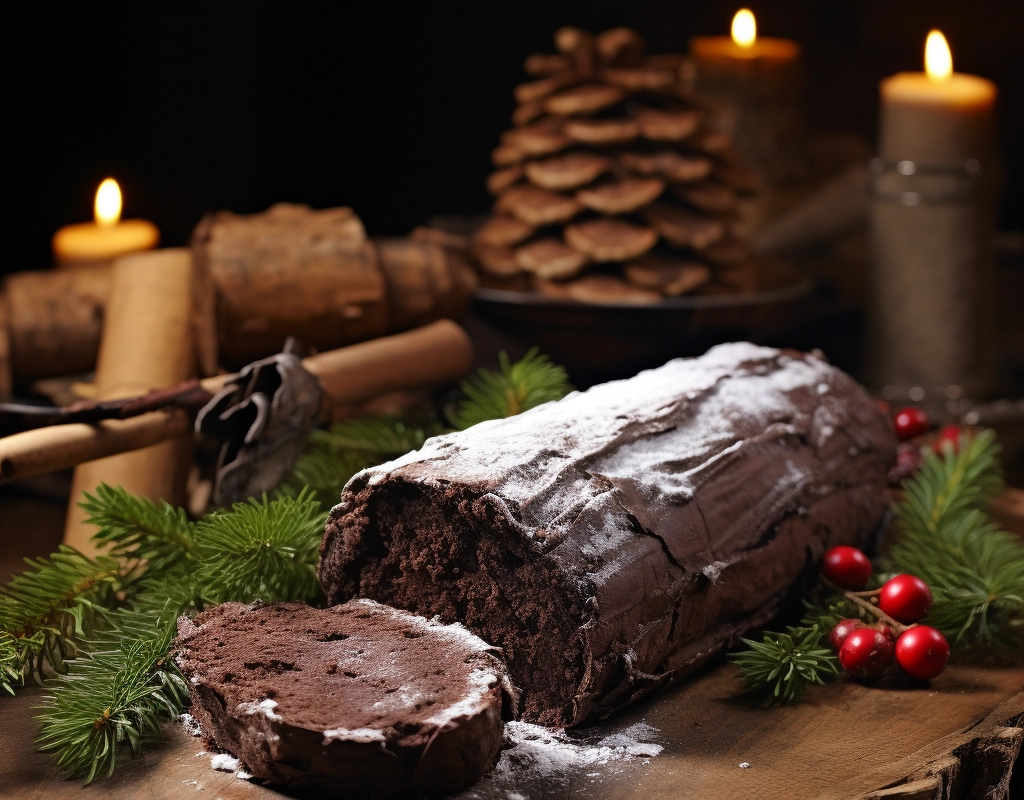
These stories and legends challenge conventional thinking by reminding us that our winter food traditions are not static; they are living narratives that evolve and adapt over time. They connect us to our roots, offer new perspectives on our cultural heritage, and encourage us to explore the stories that lie beneath our favorite dishes.
In the upcoming sections, we’ll venture into the changing landscape of winter food traditions, how they adapt to modernization, and the innovations that preserve their essence.
The Future of Winter Food Traditions
As we navigate through the diverse and rich tapestry of winter food traditions, it’s crucial to acknowledge the challenges and opportunities that lie ahead. The impact of modernization, globalization, and evolving tastes has ushered in a new era for these age-old customs. In this section, we explore the delicate balance between preserving cultural heritage and embracing the changes of a rapidly changing world.
The Challenge of Tradition in a Modern World
This subsection addresses the complexities of preserving age-old traditions in a globalized, fast-paced society. It challenges conventional thinking by highlighting the tensions between cultural preservation and the pressures of modernization.
In an era defined by fast-paced lifestyles and globalization, traditional winter food customs face unique challenges. The preservation of these customs often requires a delicate balancing act between honoring the past and adapting to the present.
One of the primary challenges is the increasing influence of convenience and fast food in today’s world. As traditional dishes demand time and effort, they can sometimes struggle to compete with the allure of quick and easy meals. This shift challenges the conventional perception of what food should be—fast, easy, and readily available.
Another challenge lies in the globalization of culinary influences. As the world becomes more connected, cultures are exposed to a wider range of flavors and cuisines. While this can lead to exciting culinary innovations, it can also pose a risk to traditional dishes. The preservation of age-old recipes and cooking techniques becomes paramount in the face of these global influences.
Balancing the need to adapt to modern living with the preservation of cultural heritage is a thought-provoking challenge. It challenges our thinking by prompting us to consider how we can ensure that these traditions endure in a world that is constantly evolving.
Innovations and Adaptations
This subsection highlights how some winter food traditions have evolved and incorporated contemporary elements while staying true to their roots. It offers a fresh perspective on how innovation can coexist with tradition.
While some traditions face challenges, others have found ways to adapt and even thrive in a rapidly changing world. They have embraced innovation without sacrificing the essence of their customs, proving that there is room for tradition in the modern era.
For example, Japanese “Osechi Ryori,” a traditional New Year’s cuisine, is undergoing a resurgence as it is now available in a convenient, pre-packaged form, making it more accessible to busy families. This innovation allows people to enjoy the symbolic dishes without the labor-intensive preparation, preserving the tradition in a modern context.
In the United States, the traditional Thanksgiving feast remains a beloved tradition, but it has also evolved to accommodate changing dietary preferences. Many families now incorporate vegetarian or vegan options alongside the classic turkey, demonstrating that tradition can adapt to contemporary values.
These innovations and adaptations challenge the notion that tradition and modernization are at odds. They show that there is a way to maintain the cultural richness of winter food customs while embracing the conveniences and values of the modern world.
Conclusion
In our journey through winter food traditions, we have explored global celebrations, famous dishes, and the profound role of food in rituals. We’ve unearthed the stories and legends that give these customs depth and meaning, and we’ve considered the challenges and innovations that define their future.
This culinary journey has provided a unique perspective on the importance of these traditions. They are not merely about sustenance or flavor; they are a reflection of our history, our culture, and our identity. Winter food traditions are stories waiting to be told, and each dish is a chapter in the narrative of our lives.
As we conclude our exploration, we invite you to embrace a new perspective on winter food traditions. They are more than recipes; they are a celebration of diversity, a connection to the past, and a bridge to the future. In a world that is constantly changing, these customs remain a comforting constant, reminding us of the beauty and richness of our global heritage.
FAQs
Q1: What are some famous winter dishes?
Some famous winter dishes from around the world include India’s “Gajar ka Halwa,” the United States roast turkey, China’s “Jiaozi” dumplings, Italy’s “Feast of the Seven Fishes,” Sweden’s “Saffron Buns,” and the Czech Republic’s “Potato Salad.”
Q2: How do winter food traditions connect to cultural identity?
Winter food traditions are more than just recipes; they represent cultural identity, history, and values. They are a way of preserving our heritage and ensuring that the stories and customs of the past continue to enrich our lives.
Q3: How can traditional winter food customs adapt to modern living?
Some traditions have adapted to modern living by embracing innovation while staying true to their roots. For example, traditional dishes are now available in convenient, pre-packaged form, making them more accessible to busy families. This innovation allows people to enjoy the symbolic dishes without the labor-intensive preparation, preserving the tradition in a modern context.
Q4: How can we ensure the preservation of winter food traditions in a rapidly changing world?
Preserving winter food traditions in a rapidly changing world requires a delicate balance between honoring the past and adapting to the present. It also involves sharing the stories and cultural significance behind these traditions to create awareness and appreciation.

